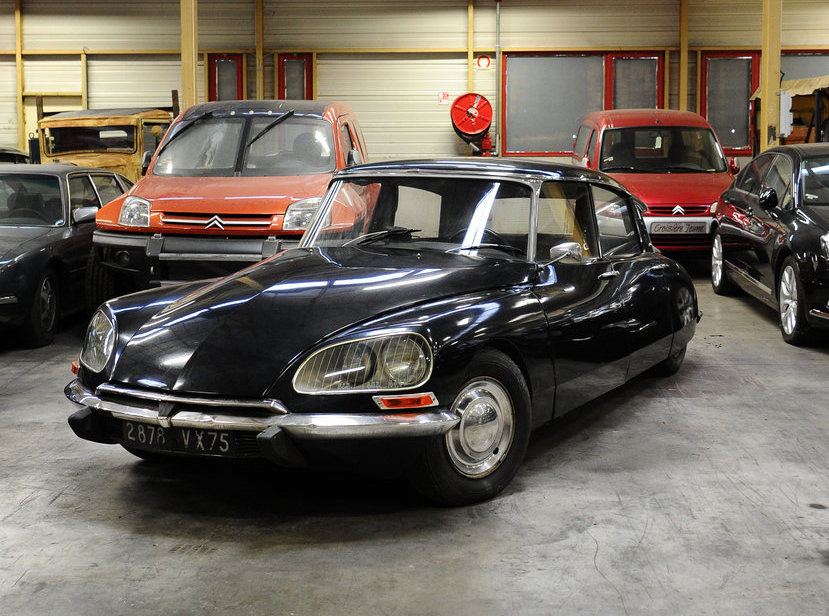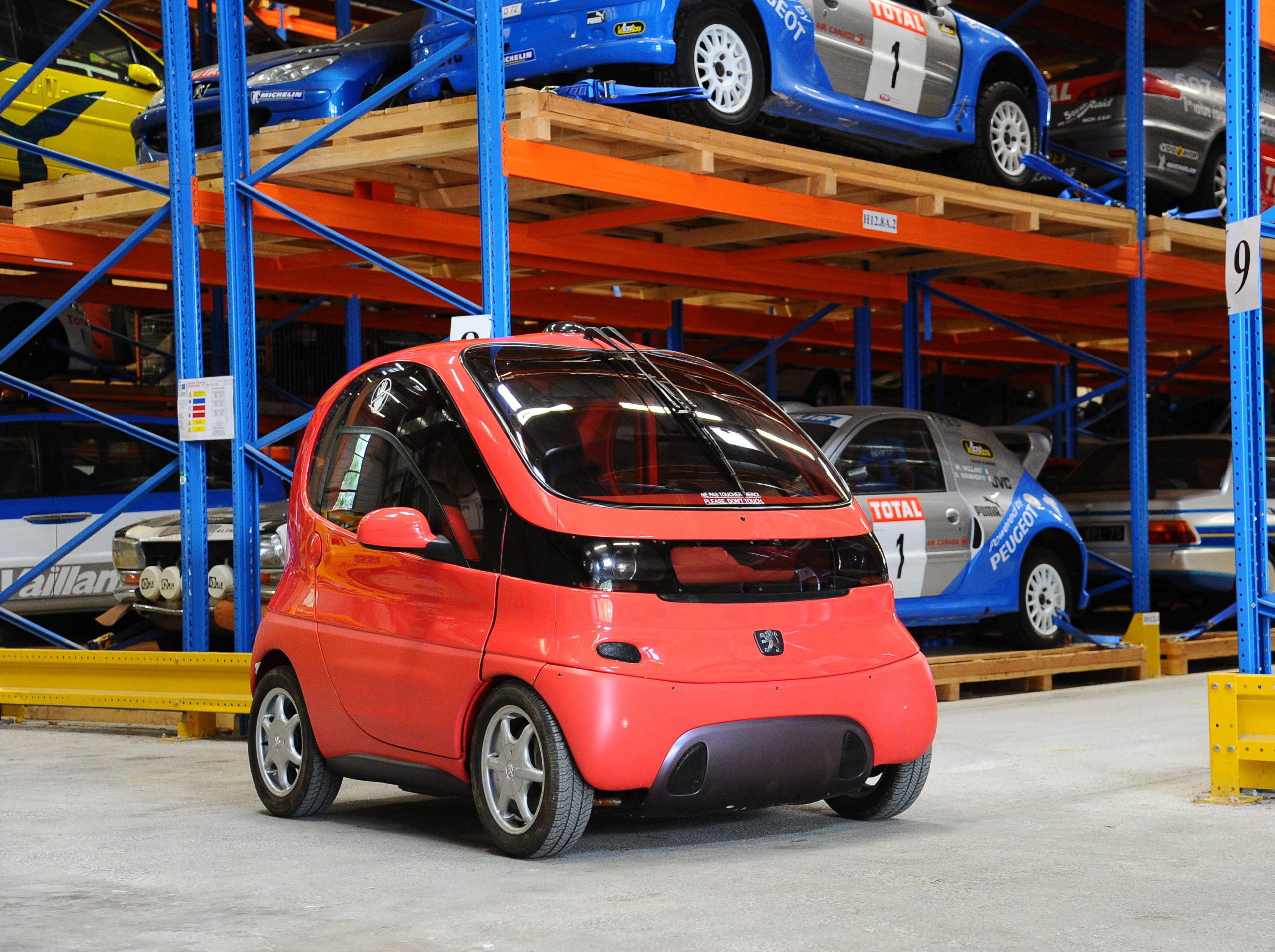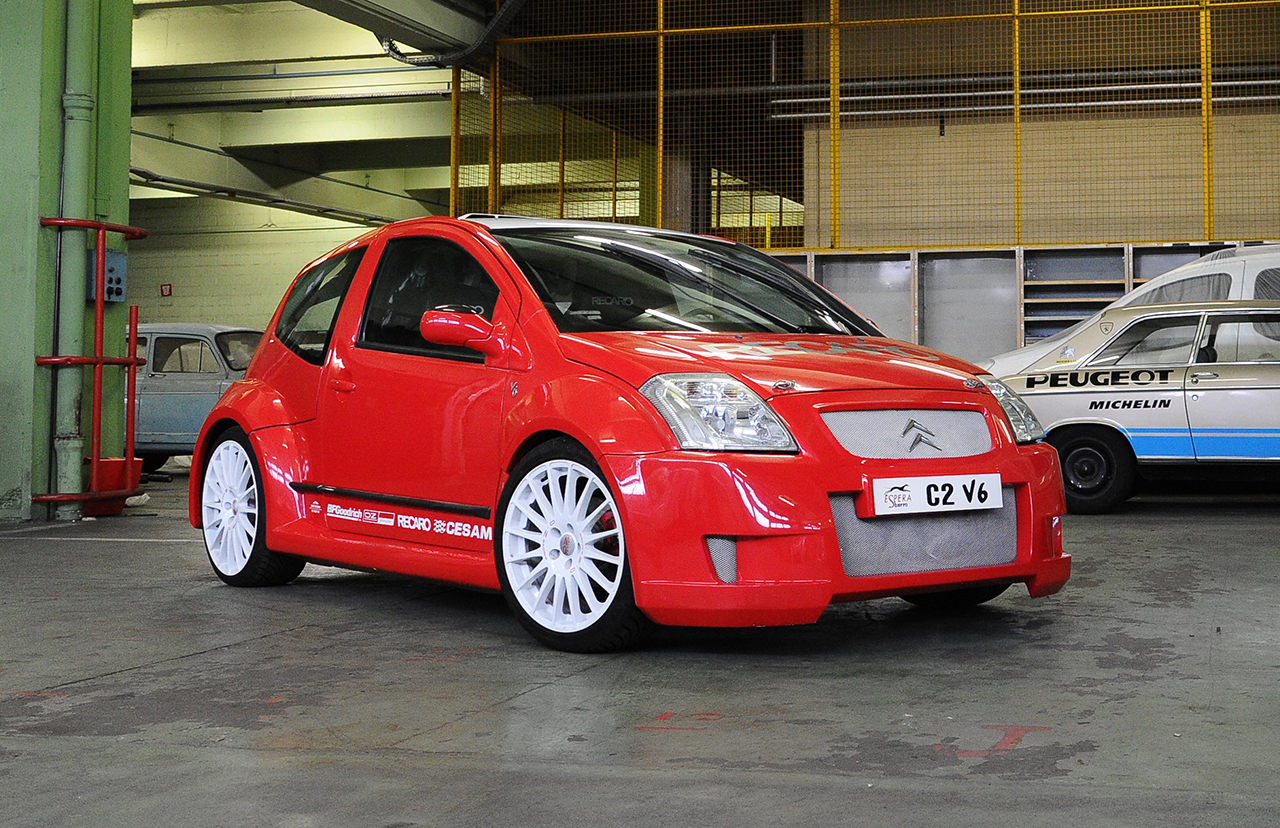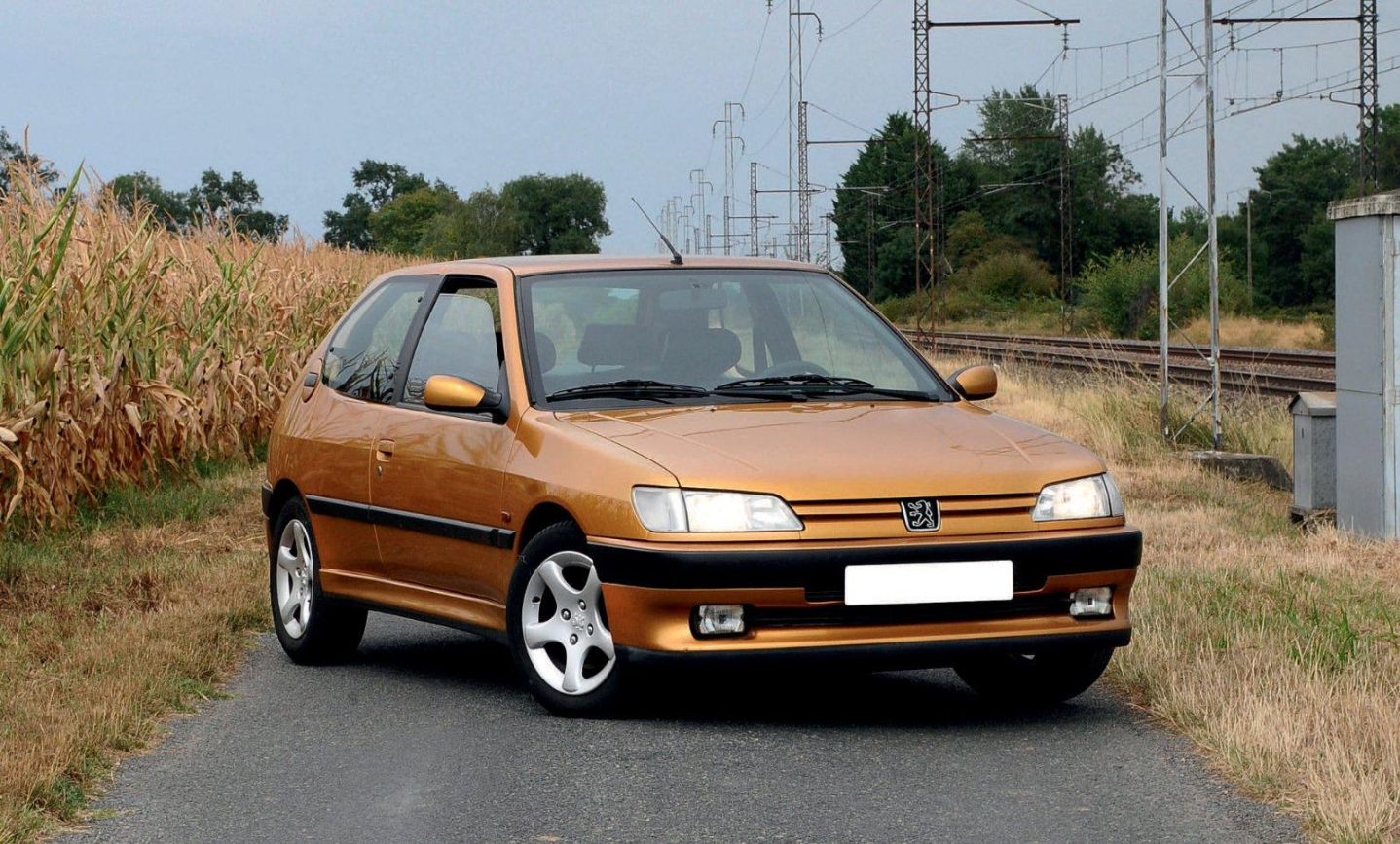The Lion effect
The auction organized by Peugeot in its own museum worked. Let’s examine why. Cliff Goodall’s view
Photo credit: Aguttes
There are three qualities that make a good auction a success: location, location, location. The Aguttes sale on 20thSeptember hit all three fair and square; the auction was held in Sochaux at the headquarters of the Musée de l’Aventure Peugeot and was reserved for cars of this brand as well as Citroën (which is part of the PSA Group and, shortly, Stellantis). Many of the cars were photographed for the catalogue from within the museum’s storage facility (where the cars that are not on display are stored) and there is no denying that this small detail added significant value to the event. Then the setting of the sale was decidedly evocative because it was reminiscent of picking up a car from the factory, there’s nothing better.
So what? Although Aguttes was a name known only to the most hardcore connoisseurs of the market (mostly French), and despite the fact that both the catalogue and the auction was completely in French and that Peugeot and Citroën are not the most appealing brands on the market, the sale went very well indeed. With 44 cars sold out of 57 lots on offer, equivalent to 77.19% and total sales of €1,033,440 compared to €1,386,000 on offer (74.53%), these numbers place the “small local” sale within the realm of the big-league players.
With an auction organized at the Museum of the parent company, it is easy to assume that there were some real gems on offer. I have chosen three but they were by no means the only ones.

The most expensive car of the sale was a perfectly restored 1969 Citroën DS21 Cabriolet, sold for €246,300 (above the estimate of €160-200,000), but historically much more interesting, although “hidden” among the first lots of the sale (and with a very low estimate) was the other DS. A DS21 sedan in the rare Prestige configuration, black with grey cloth interior. This car is historically very important because it was the very same example used by Pierre Bercot, Citroën’s number one from 1958 to 1971. Bercot was the diplomatic driving force behind the birth of the DS and it is thanks to him that André Lefebrve had carte blanche to create the shark line of this model. Even after Bercot left, this DS remained registered to Citroën. It is therefore quite understandable that the initial (prudent) estimate of €25-35,000 was shattered and the car was sold for €56,700. It’s safe to say that the car was worth €25-35,000, the rest was its history.

Towards the end of the auction, lot 154 of 157, another collector’s item appeared. This time, the Peugeot TULIP. That acronym stands for “Transport Urbain Libre Individuel et Public” (Free Individual and Public Urban Transport) and it was a 1995 concept car. If this model were launched onto the market today, it would still be innovative, despite being 25 years old. Compact and electric, it is the perfect ante-litteram model of car sharing. In a bright coral-red, large glass areas and a cute look, you’d get more “likes” with this than you would with so many vulgar supercars you see around. With an estimate of €7.5-9,500 and sold for €8,700, it might seem like a piece of history at a discounted price but remember that electric technology has evolved quite a lot in this quarter of a century and the car has been stationary for many years in the storage area.

If you are on the lookout for something to take to the tracks on weekends and set new records, then I would propose a car at the very opposite end of the spectrum. The Citroën C2… V6! In 2004, Sbarro came up with a less-than-normal idea: why not put the most powerful engine of the brand (the 3.0 V6 220 hp) into the smallest car of the range, the Citroën C2? The task of carrying out the transplant was entrusted to the students of the Sbarro School and was commissioned by Citroën itself – it is therefore an official Citroën project – and this unique specimen was then exhibited at the Geneva Motor Show in 2005. Also, because the engine was mid-mounted, we could consider it a miniature version of the Renault Clio V6 (which mounts a variant of the very same engine). Estimated €30-40,000, it was sold for €33,900.

This sale didn’t only feature concept cars, unique models or cars with exceptional history. The last of today’s four cars was a 1996 Peugeot 306 S16. What was so special about it? Nothing, absolutely nothing. It had only one accessory, a leather interior. Not even the mileage was limited as it was presented at the auction with 161,000 km on the clock. A quick research online revealed numerous other examples for sale, each somewhere between the €8-12,000 mark. So why was this one sold for €17,700? Location, location, location!